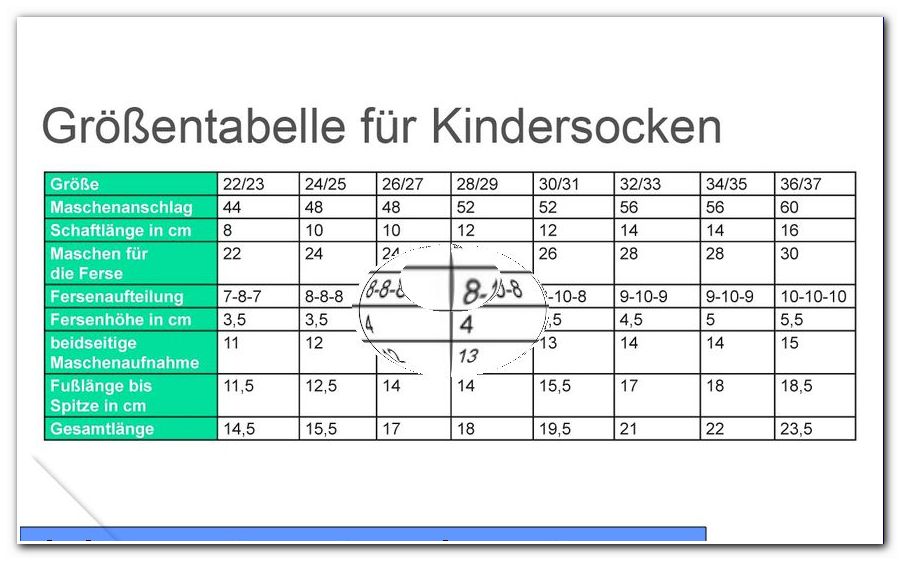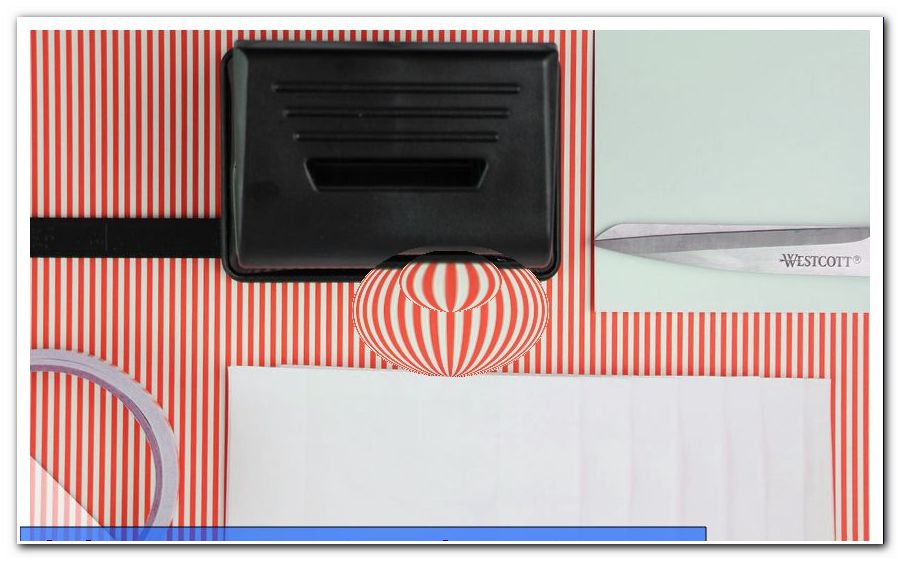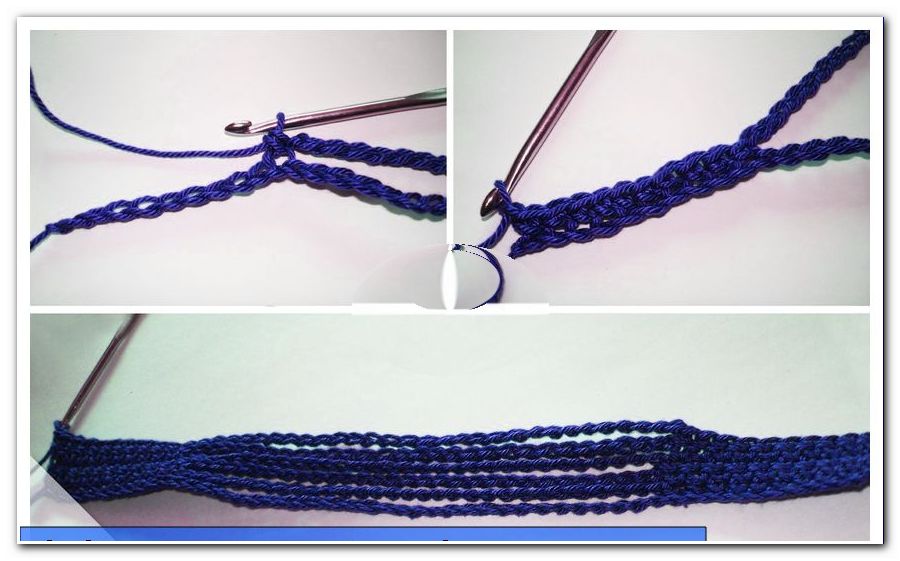Hollow blocks - Information on dimensions, prices and U-value

- Advantages and disadvantages of hollow blocks
- Varieties of hollow blocks
- Dimensions of hollow blocks
- Technical values of hollow blocks
- Prices for hollow blocks
- Save construction costs
- Tips for quick readers:
Hollow blocks - everything you need to know. In the construction industry is usually paid per floor. A wisdom on the construction is therefore "high brings money". This means that only a fast and efficient masonry provides a good income. The faster a floor is built, the sooner the construction company gets the next interim payment. From this follows the demand for the largest possible stone formats. For this reason, the mighty hollow blocks were invented. In this guide, read everything there is to know about these practical bricks.
Not for half shirts
Such a hollow block is already an impressive chunk. In its largest format it is half a meter long and weighs 21 kilograms. He only weighs this, however, when he is bone-dry. Since hollow blocks are stored outdoors, they are usually much heavier at the moment of walling, since they are soaked with water. Partially this is also wanted, because on a too dry stone mortar sticks only badly. In any case, you should have the physical constitution to deal with such formats.
Advantages and disadvantages of hollow blocks
Hollow blocks are ideal for building stable and massive structures. However, they also have some disadvantages.
| advantages | disadvantage |
|
|
Varieties of hollow blocks
The term "hollow block" refers only to the formats or the structure of the stone. It does not say anything about its material. Hollow blocks can be made of different materials. However, not every "hollow stone" is a "hollow block". It is very important to be able to distinguish the individual genera so that nothing is confused when ordering.
One distinguishes between:
- High Lochenstein
- Betonfüllstein
- Hollow stone
- Hollow blocks
- Full block stone
A high-hole stone is a brick made of calcareous sand or burnt clay. He has numerous holes. However, it differs from the classic hollow block by its size. High hole stones are available in almost all stone formats. However, hollow blocks are only the stones with a height of 24 cm.

A concrete filler stone is a disposable formwork with a toothed contour. It can be inserted into each other and gets its static load capacity by filling with concrete. Concrete fillers are made of concrete, wood or polystyrene. The last variant has been extremely popular with homebuilders over the past twenty years because it has been able to produce load-bearing masonry and complete insulation in one go. In the meantime, however, all insulations using polystyrene are extremely critical. They have in the point of fire behavior and especially in the point of disposal quite enormous disadvantages that all alleged advantages in the construction again more than cancel.
A hollow brick is a frame-shaped, open-top artificial stone made of concrete. It is mainly used for horticulture or for the construction of retaining walls. Another name for the hollow brick is "Betonschalungsstein". However, it is not well suited for loaded structures, such as foundations, as it can be difficult to accommodate reinforcements in it.

Here you will find everything you need to know about formwork stones and their use: formwork stones
A hollow block is a stone made of a cement-aggregate mixture, which is allowed to cure cold in a mold. He has his name through hollow chambers in his interior. The static of the hollow block is designed so that the wall thicknesses between its hollow chambers are sufficient for the sufficient compressive strength in the normal building construction application. The hollow chambers also serve to create air cushions for thermal insulation. It is not intended that the hollow chambers are filled with concrete or mortar. Hollow blocks are closed at the top so that the mortar does not fall into the chambers when it is being walled up. Suitable aggregates for hollow blocks are gravel, grit, sand, pumice or plastics. The lighter and more porous the aggregate is, the better the heat insulation through the stone. The heavier it is, the higher its technical compressive strength. The most characteristic features of the hollow block are the height of at least 24 cm and closed at the top chambers.
Solid blocks look very similar to the hollow blocks from the outside. Instead of large cavities, these large stones have only slit-shaped chambers in the interior. They consist of lightweight concrete with particularly porous aggregates. Solid blocks are used when good thermal insulation values, high compressive strengths and good sound insulation are required.
Pumice is a natural stone mined in areas where there used to be a lot of volcanism. They are white limestone stones, which have been given a very porous structure due to their long trajectory through the air. They are so light that they float in the water when dry.
Expanded clay is a fired clay bullet with a special air-chamber process. They have the same function as the pumice stones and ensure good thermal insulation.
Particularly high-quality hollow blocks have an additional heat-insulating layer in their interior. Rock wool or glass wool is usually used for this purpose. The previously very popular plates made of styrofoam are no longer recommended today. This material has a very problematic fire behavior and provides for the dismantling of the house for massive problems.
Dimensions of hollow blocks
The dimensions of hollow blocks are based on the standard dimension for blocks. The basic measure of bricks is the "eighth meter", that is 12.5 cm. This is considered a "stone plus fugue". An eight-meter consists of a purely mathematical from a 11.5 cm wide stone plus a centimeter mortar joint. This is true in every direction. The smallest full size a stone can have is the "thin format". It is abbreviated to DF and measures 24.0 cm (long) × 11.5 cm (wide) × 5.2 cm (high). Here you can already see the eighth of a meter: a DF stone is 2 x 11.5 cm plus 1 joint long, exactly one-eighth of a meter-1 joint wide and ½ eighth-meter - 1 fugue high. All other stone formats are abbreviated to a multiple of DF.
In addition to the DF, there is also the NF, which means "normal format". It is the normal standard brick measuring 24.0 cm x 11.5 cm x 7.1 cm . The NF format is on its own.
Since hollow blocks are mainly used for load-bearing masonry, their minimum thickness is 24 cm. Often, however, 30 or even 36 cm thick stones are used, depending on which calculated static loads must be intercepted.
DIN V 18153 2003-10 prescribes which dimensions a hollow block must have. There are some dimensions to choose from:
1 of 4



- 6 DF stone: 37.5 x 11.5 x 23.8 cm - Non-load-bearing walls
- 10 DF / 240 stone: 30 x 24 x 23, 8 cm - Load-bearing walls on the ground floor
- 10 DF / 300 stone: 24 x 30 x 23, 8 cm - Load-bearing walls
- 12 DF / 240 stone: 36.5 x 24 x 23.8 cm - cellar walls
- 12 DF / 360 stone: 24 x 36.5 x 23.8 cm - Load-bearing walls
- 16 DF stone: 49.7 x 24 x 23.8 cm - Load-bearing walls
- 20 DF stone: 49.8 x 30 x 23.8 cm - Load-bearing walls on the ground floor
- 24 DF stone: 49.8 x 36.5 x 23.8 cm - Kellermauern
Now you could say that the 10 DF or 12 DF formats can be produced by turning around on site. This is unfortunately not true, because the stones are usually equipped with a tongue and groove butt joint. You could theoretically turn around and saw off the tongue and groove. But then the butt joints must be mortared by hand. In addition, the walls do not fit optimally in the rotated direction. It is better to order the stones according to the application. A tip: This is very much like confused with the building materials dealers. Therefore, always make sure: The long side is smooth (first number), the thrust side (second number) is equipped with recessed grips and tongue and groove contour.
Technical values of hollow blocks
The technical values of hollow blocks are their compressive strength and their heat transfer value. Both depend less on their size than on their material.
The basic material for commercially available hollow blocks is the so-called "lightweight concrete". It differs from normal heavy concrete by the addition: For hollow block almost exclusively only more or less porous aggregates are used. Although there are also pronounced heavy concrete bricks. However, these are only used in very specific applications, for example in safe storage.
Normal Hollow Blocks:
U value [W / m²K] / width: 0.30 / 17.5 cm; 0.27 / 24 cm; 0.25 / 30 or 36.5 cm
Compressive strength [MN / m²]: 0.5 - 1
These once acceptable values are no longer up to date today. However, the lightweight concrete hollow blocks can reduce the need for additional insulation. When external insulation always applies: always let calculate exactly! Much does not help a lot, but can also lead to problems with incorrect sizing!

 Prices for hollow blocks
Prices for hollow blocks
The prices for hollow blocks are surprisingly low. With less than 2 euros, masonry of up to 0.12 m² can be created with just a single movement. However, one should always keep in mind that only a body condition is achieved. Hollow block walls are left in the rarest cases and are usually plastered or otherwise clad. The cost of this cladding must be included in the calculation of the construction costs.
Examples of prices of hollow blocks:
- 8DF / 115: 1, 39 Euro / stone
- 12 DF / 240: 1.61 Euro / stone
- 12 DF / 360: 1, 57 Euro / stone
- 10 DF / 300: 1.18 Euro / stone
A hollow block is a normal building material that is ideally purchased directly from the manufacturer or in the building materials trade. In hardware stores, the prices for the hollow block are much higher, usually twice as high.
Save construction costs
... with hollow blocks
The larger the stones are chosen, the greater cost advantages arise. These are:
- reduced mortar requirement per square meter of masonry
- faster construction of the wall
- more uniform wall structure (less risk of misalignments, thus lower costs when plastering)
It is also worthwhile to negotiate carefully with the supplier. In principle, the prices for the components become cheaper the more they are removed. With a small change in the wall thickness can be negotiated under certain circumstances advantages for quantity and prices. For example, a garage does not care if it is built in 17.5, 24 or 30 wall thickness. If a threshold of prices can be achieved here by changing the wall thickness, then another format may be worthwhile for these uncritical applications.
Hollow block cheaper than brick
For high-hole bricks composite stones are now available. They have filled with Styrofoam or glass wool chambers and promise a particularly good insulation value. It should be noted, however, that these high-hole bricks are many times (up to 600%) more expensive than a normal hollow block. In addition, especially filled with polystyrene high-hole bricks are particularly problematic when dismantling. We therefore recommend always to calculate precisely which building material should be used for the load-bearing walls. A hollow block wall is usually the cheapest solution.
Tips for quick readers:
- The larger the stone, the faster the wall is built
- especially large formats with special crane available
- the larger the stone, the less mortar required
- Do not use a hollow block with styrofoam filling
- Hollow block only in the building materials trade, but not in the hardware store buy (half the price)


 Prices for hollow blocks
Prices for hollow blocks 

